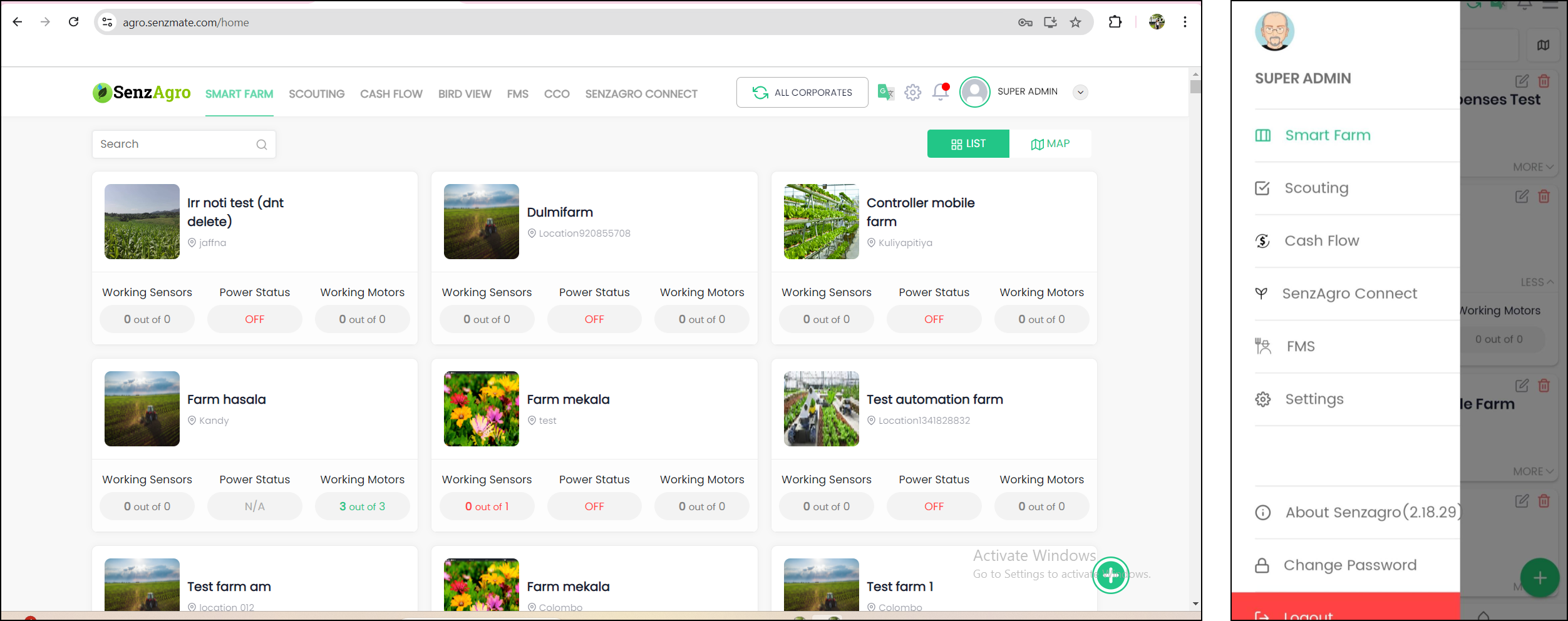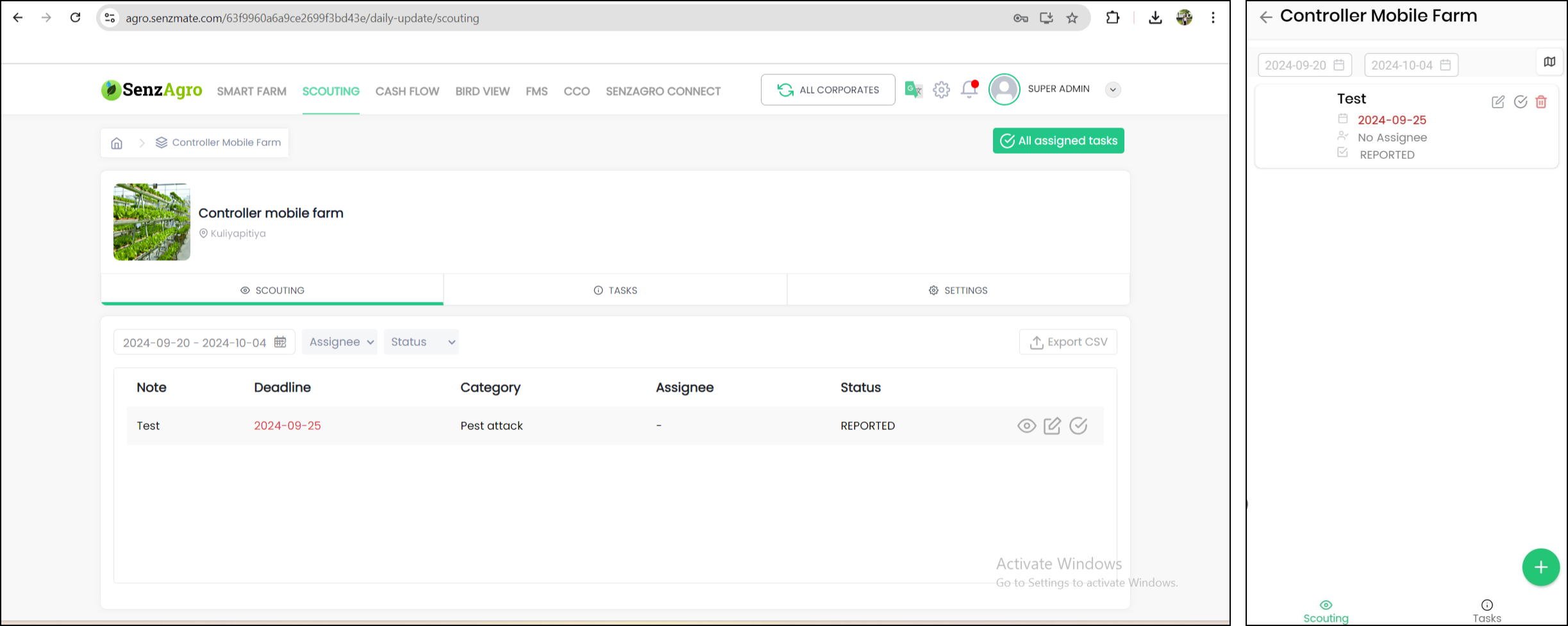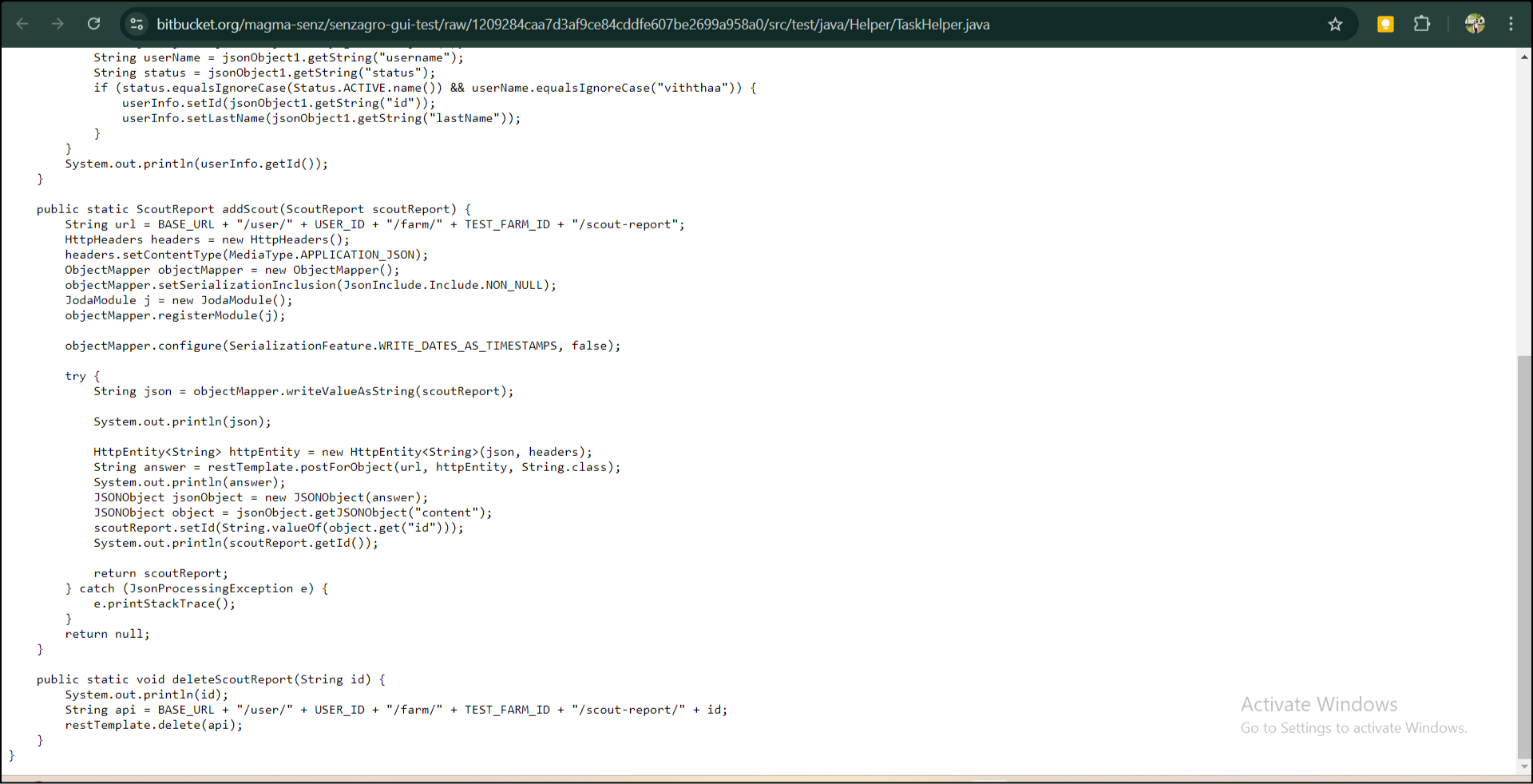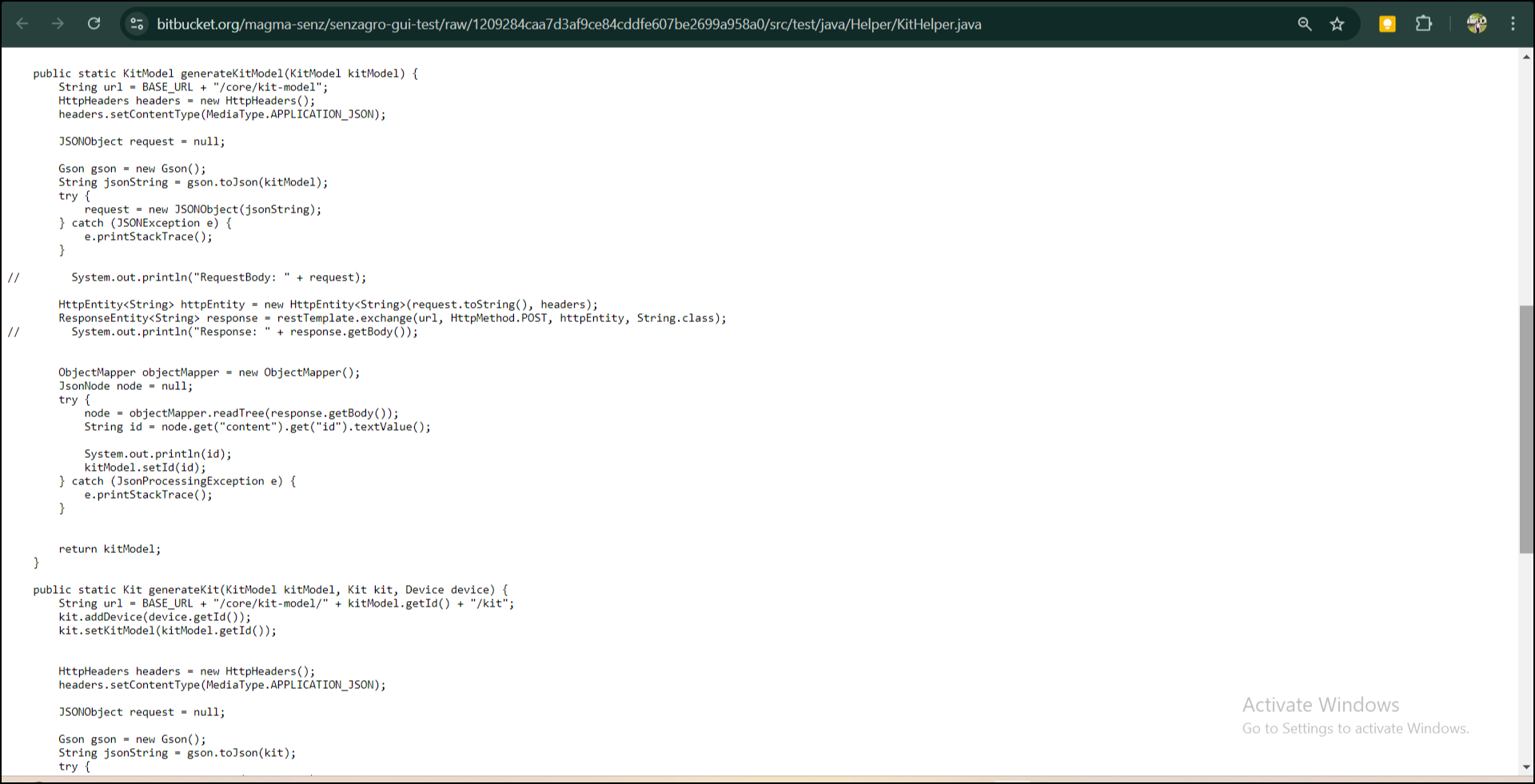SenzMate AIoT Intelligence is dedicated to changing agriculture through AIoT technology, while SenzAgro is at the forefront of providing data-driven solutions for monitoring and optimizing farming conditions. Our technology takes data from field-deployed sensors and delivers insights into environmental elements like soil moisture, temperature, and humidity. We have implemented UI automation testing to assure our platform's dependability and functionality, resulting in an optimized and bug-free user experience for farmers and stakeholders.
Before automation, we encountered a number of challenges. The SenzAgro platform needed to function smoothly across many browsers, including Chrome and Firefox. While giving an excellent user experience across all sorts of mobile devices. Our manual testing process was unable to keep up with the frequent UI changes. Furthermore, the platform's interactions, particularly with our device management system, and UI constraints made manual integration and system testing at scale impractical. This is when we switched to UI automation.

By adopting automated UI tests, we overcome these challenges. Automation allows us to create scalable, repeatable tests that could not run continuously across different devices and environments. Not only did this approach reduce testing time, but it also increased the consistency and reliability of our tests. Furthermore, Integrating our automation with Device Management System via API calls ensured that our tests could validate the platform;s seamless communication with external devices / applications.
Real-world examples of the impact of automation include when a web application has constraints for any modules, such as "Add Scout Report", forcing us to move to another interface and conduct the operation manually, as well as add device configurations via DMS, which takes a substantial amount of time.

With automation tests in place, these steps can be easily validated through APIs, ensuring that the functionality works smoothly across both web, mobile and DMS without manual interventions.


The most significant advantage we gained was faster testing cycles. Automated tests now run much faster than manual tests, reducing regression testing time from days to hours. This has been essential in maintaining a high release cadence without compromising the quality of the products. Additionally, automation has allowed us to scale testing across devices and platforms.
To automate our web platform, we used Selenium as it allows us to test the application across different browsers, ensuring cross-browser compatibility and providing full flow coverage. We also incorporated Data-driven testing, by dynamically generating data for different test scenarios to make out testing more efficient and comprehensive. For mobile testing we turned to Appium to ensure functionality across the different android versions and screen sizes. Appium allows simulating real-world mobile conditions using ADB commands, such as weak signals and low battery levels to validate that the mobile app remains functional in challenging environments.
One of the critical success factors of our automated UI testing was integrating it with our CI/CD Pipelines. Using jenkins, we automated the testing process.It provides immediate feedback on the quality of the changes of the application, reducing overall execution time.

If any build fails, it sends an email notification with the report to testers and they can easily reproduce bugs and report to developers.

In concussion, implementing automated UI Testing in SenzAgro Platform has been a game-changer by allowing us to deliver robust and bug free experience